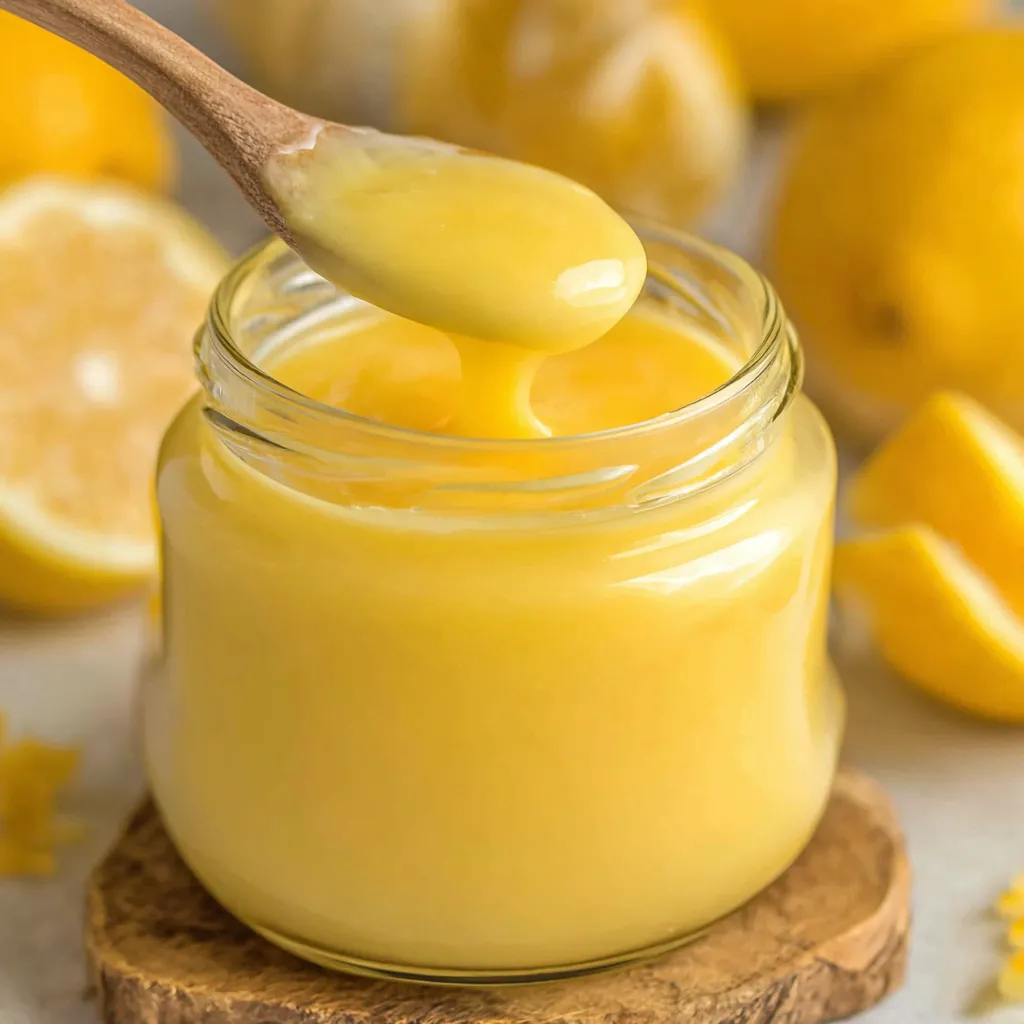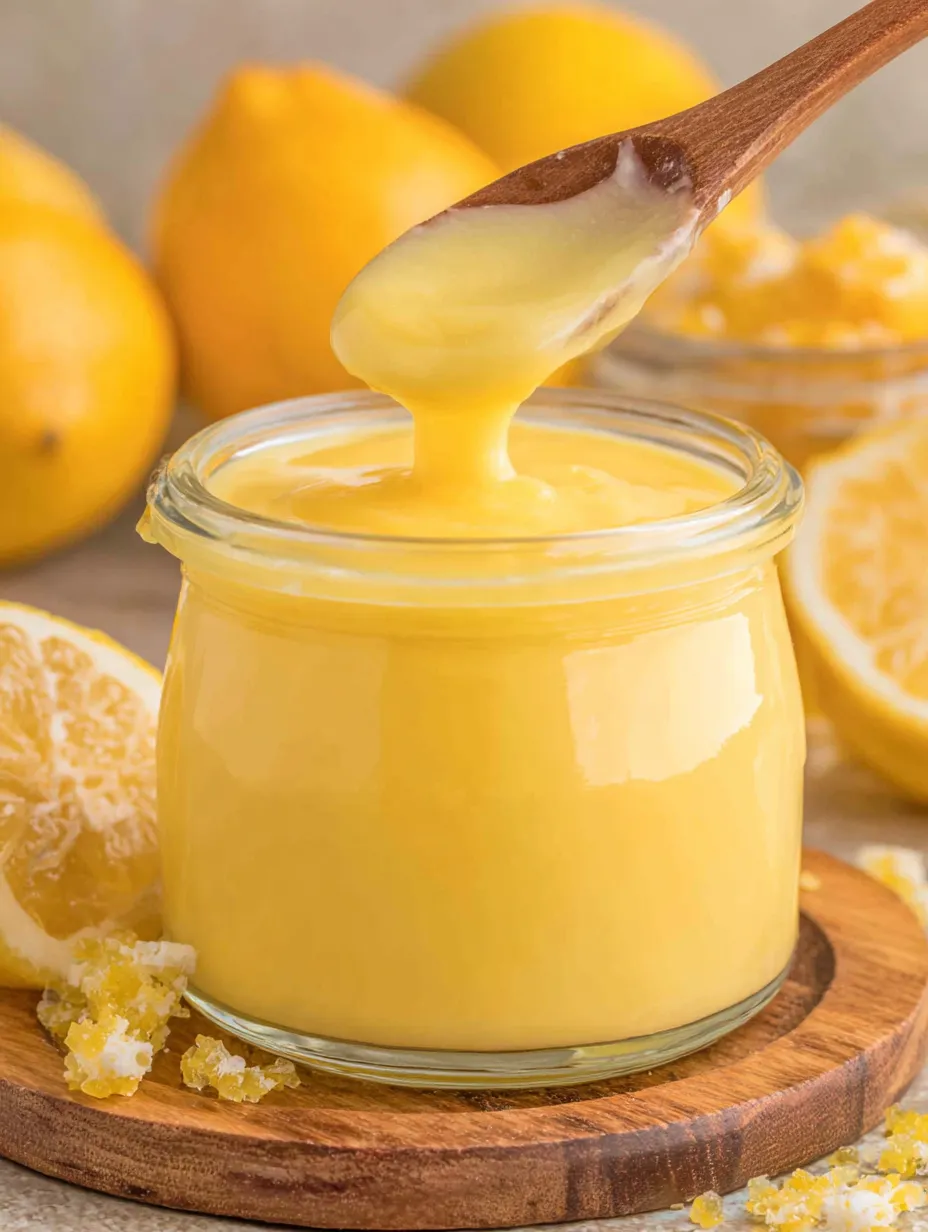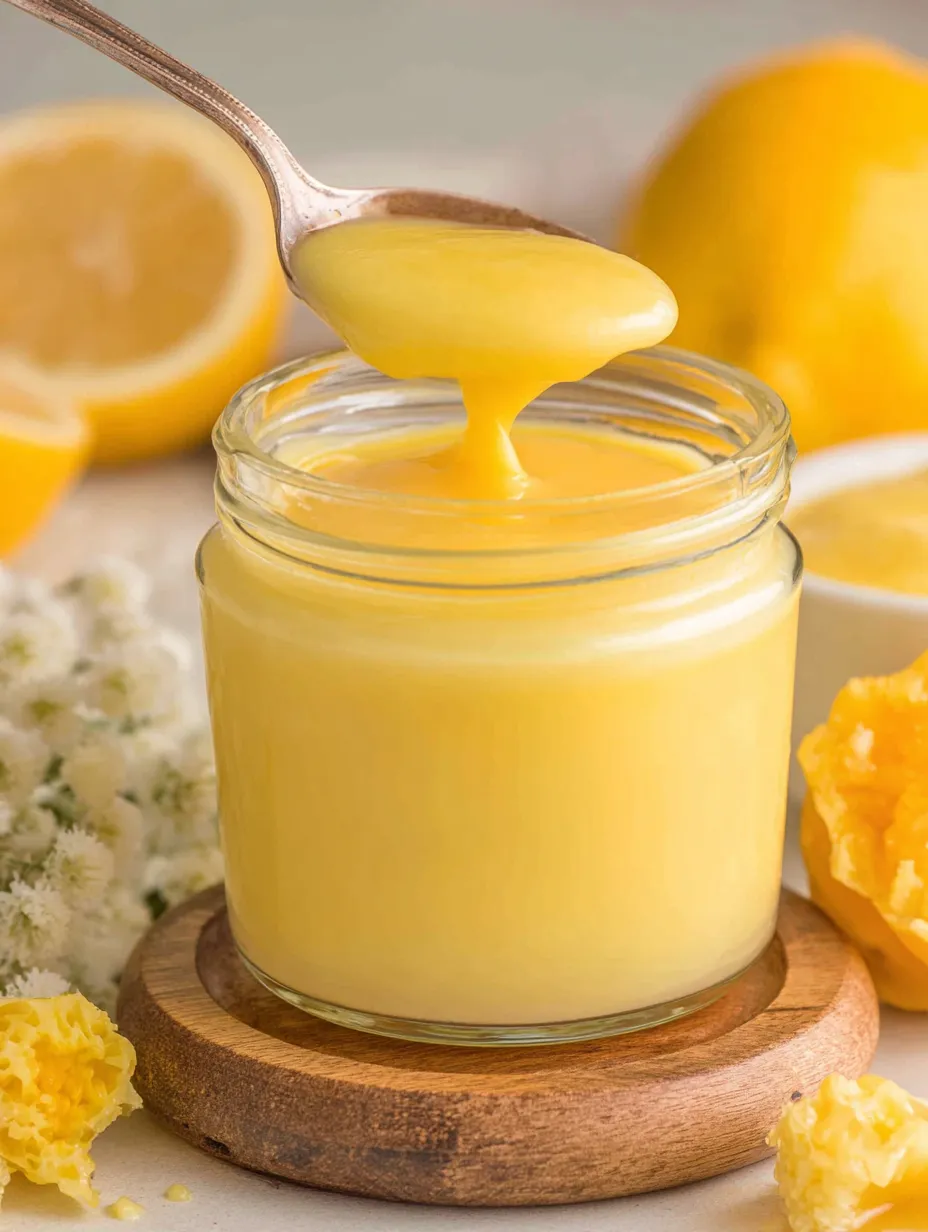 Save
Save
This luscious lemon curd is my answer to any craving for something bright and buttery. It comes together with just four staple ingredients and always tastes like pure sunshine. The texture is silky smooth and the flavor is vibrant thanks to using both lemon zest and juice. Spread it on scones, dollop it inside cakes, swirl through yogurt or simply eat by the spoonful—this recipe never lasts long in my fridge.
The first time I made this, I was amazed at how much better homemade lemon curd tasted than anything store bought. Now, friends beg me to send them a jar whenever lemons are in season.
Ingredients
- Lemon juice from fresh lemons: brings acidity and genuine brightness Look for plump lemons that feel heavy for their size
- Lemon zest: intensifies citrus flavor and aroma without making it too tart Choose unsprayed unwaxed lemons when possible
- Granulated sugar: provides sweetness that balances the sharpness of the lemon Use fine white sugar for best texture
- Large eggs: create the creamy thickness and help the curd set Use fresh eggs and check for clean uncracked shells
- Salted butter: enhances richness and provides a smooth finish Select high-quality butter with a yellow tint for best results
Step-by-Step Instructions
- Fill the Saucepan:
- Pour about two inches of water into a medium saucepan and bring it to a boil over high heat Lower the heat to medium low so the water gently simmers This will make an improvised double boiler for gentle even cooking
- Combine Ingredients:
- In a heatproof bowl vigorously whisk together the fresh lemon juice the lemon zest granulated sugar and the eggs Cut the butter into cubes and toss them in The mixture will look a bit lumpy from the butter but that is fine
- Cook the Curd:
- Set the bowl over the simmering water making sure it sits above not in the water Begin whisking constantly and do not stop Patience is key here Keep whisking for about 20 to 25 minutes until the curd thickens It should coat the back of a spoon and reach about 170 degrees Fahrenheit Use a thermometer if you have one
- Strain for Silkiness:
- Once thickened remove the bowl from heat Immediately strain the hot curd through a fine mesh sieve set over a glass bowl This catches any bits of cooked egg and removes the zest for an ultra silky texture
- Cool and Store:
- Press plastic wrap directly onto the surface of the warm curd to prevent a skin from forming Let it cool down to room temperature first then move to the fridge for at least four hours or overnight The curd will firm up beautifully as it chills

One of my secret joys is sneaking a spoonful of still-warm curd on a biscuit after the first batch chills The scent of fresh lemons always reminds me of visiting my grandmother who would let us zest and juice her backyard fruit for treats just like this
Storage Tips
Keep lemon curd refrigerated in airtight glass jars It will stay fresh for up to a week For longer storage freeze the curd in freezer safe containers leaving some space at the top for expansion Thaw overnight in the refrigerator before using Freezing does not harm the texture or flavor
Ingredient Substitutions
If you only have unsalted butter just add a quarter teaspoon of fine salt to balance out the sweet and tart profile Meyer lemons can be swapped in for a slightly floral flavor but regular lemons give the most classic result Avoid bottled lemon juice for this recipe as it changes the flavor and texture
Serving Suggestions
Spread lemon curd on toast scones or muffins Use it as a cake or tart filling Layer it into parfaits cups swirl into plain yogurt or top pancakes and waffles For an easy dessert try spooning it over vanilla ice cream with a few crushed cookies

A Little History
This velvety condiment has roots in British baking dating back to the nineteenth century Traditionally lemon curd was a byproduct of cheese making and later became the star of tea tables across England Today homemade curd is a beloved treat anywhere fresh lemons are celebrated
Common Recipe Questions
- → How do I know when lemon curd is done cooking?
The curd is ready when it reaches 170°F or is thick enough to coat the back of a spoon. It should appear silky and smooth.
- → Why should I strain the curd after cooking?
Straining removes cooked egg bits and zest for a perfectly smooth, velvety texture. This helps achieve a cleaner, more attractive finish.
- → Can I use unsalted butter instead of salted?
Yes, substitute unsalted butter and add about 1/4 teaspoon of salt to balance the flavors.
- → How should lemon curd be stored?
Keep it in a sealed jar in the refrigerator for up to one week. It also freezes well for up to a year in airtight containers.
- → What are some ways to enjoy lemon curd?
Spread it on scones, muffins, toast, pancakes, or swirl into yogurt. It’s also lovely as a tart filling or cake layer.
